
All categories
Featured selections
Trade Assurance
Buyer Central
Help Center
Get the app
Become a supplier

(1795 products available)





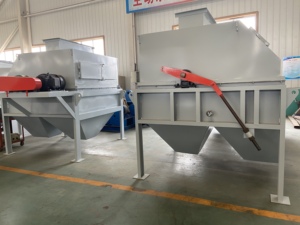








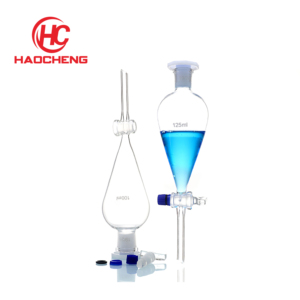





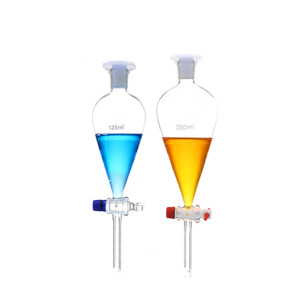
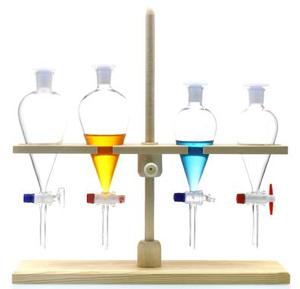








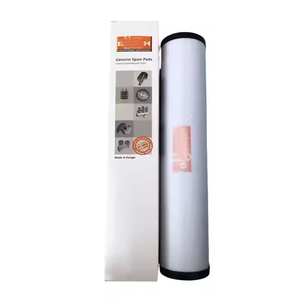
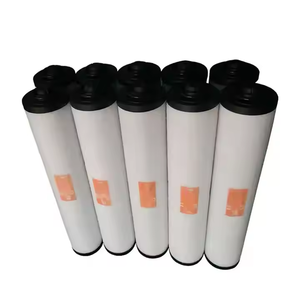


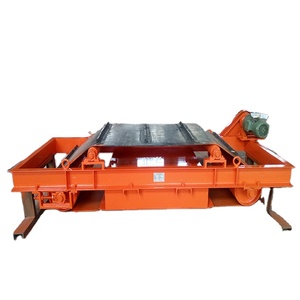

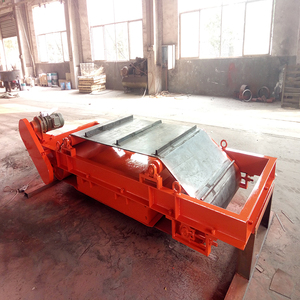

Types of High Gradient Separators
A high gradient magnetic separator (HGMS) is a filtration and extraction device often used for sorting minerals, cutting out impurities, or extracting valuable resources. This separator is widely popular due to its versatility.
Depending on the desired outcomes and specific characteristics of the material being processed, the design of the HGMS can differ.
Separator Size:
The high-gradient separator size is crucial for determining how much material it can process. Typical dimensions might include things like 3 meters in diameter and 5 meters in height. These numbers can vary based on the specific separation task at hand.
Processing Capacity:
This is the amount of material the separator can handle in a given time. For example, a separator might be able to process 5 tons of material per hour. This capacity is directly related to the size and power of the separator.
Power Consumption:
High-gradient separators use varying amounts of electricity, dependent on size and capacity. A separator may consume around 15 kilowatts per hour during operation. Businesses will consider this power use when picking a separator to manage operating costs efficiently.
Separation Efficiency:
High-gradient separators possess distinctive separation efficiencies specific to particle types. For instance, a magnetic high-gradient separator could display an efficiency rate of 98% for extracting fine iron particles from mineral mixtures. Such varied efficiencies for dissimilar particles guide industries in selecting the most suitable separator tailored to their particular separation needs.
High-gradient separators require consistent care and inspection to work well over the long term. Regular cleaning of the separator's surface and magnetic rods is crucial to prevent material buildup that could lower separating efficiency. Operators should also routinely check the condition of the separator belts, looking for signs of wear or damage that might necessitate timely replacement.
Furthermore, periodic lubrication of the separator's bearings is essential in ensuring smooth, steady operation. Operators should adhere to a strict maintenance schedule, inspecting key components and systems, to prolong the high-gradient separator's service life and maintain optimal separation performance.
Mining industry:
High gradient magnetic separators are widely used in the mining industry for the extraction of valuable minerals, such as iron ore, feldspar, kaolin, manganese ore, and more. They can effectively separate magnetic minerals from non-magnetic ones, improving ore dressing efficiency and purity.
Chemical industry:
In the chemical industry, high gradient magnetic separators are used to separate various chemical raw materials and additives. For example, iron removal from chemical fertilizer production can prevent equipment damage and ensure product quality.
Food processing:
High gradient magnetic separators are used in food processing to remove impurities like metal fragments, ensuring food safety and quality. They are typically used in the processing of grains, oils, beverages, and more.
Environmental protection:
These separators play a crucial role in waste treatment and environmental protection. They are used in solid waste disposal, sewage treatment, and hazardous waste management to remove magnetic contaminants, thereby reducing environmental pollution.
Pharmaceutical industry:
High gradient separators can be utilized in pharmaceutical production to ensure the purity of drugs and avoid magnetic impurities that could jeopardize patient safety.
Electronics recycling:
During electronics recycling, high gradient magnetic separators can assist in separating magnetic metals from non-magnetic materials, which aids in recovering valuable resources and improving recycling efficiency.
Others:
High gradient separators have various other applications. For example, in the petroleum industry, they can be used for oil recovery. In the construction industry, they can be used for sand extraction, etc.
When purchasing high gradient magnetic separators for the business, it is essential to identify the main applications first. These include the types of materials that need to be separated and the specific characteristics of the separation process required, such as particle size, moisture content, and magnetic properties.
Next, it is important to compare the technical specifications of the different types of separators that are available. Control systems and automation options should also be examined closely. Look for user-friendly interfaces and programmable settings that allow for precise control and monitoring of the separation process. Diagnostic features, remote access, and integration with existing plant automation systems are all useful and can help to improve maintenance and productivity.
Evaluate the physical characteristics of the high gradient separator being considered. Does it fit into the existing production line or plant layout? Is its installation straightforward? What about maintenance requirements? Choose models with easily accessible components and minimal maintenance requirements to reduce downtime and maintenance costs.
Consider the energy efficiency of the high gradient separator. Determine the power consumption of the unit, and look for energy-saving features like efficient drive systems, variable-speed motors, and energy-recovery mechanisms. Selecting an energy-efficient separator can help cut operating costs and boost environmental sustainability.
Lastly, always approximate the total cost of the high gradient separator. This includes the purchase price, installation costs, operating costs, maintenance expenses, and any optional add-ons or accessories. While it is important to adhere to a budget, also remember that a high-performance separator can improve productivity and reduce costs in the long term.
Q1: What is the principle of high gradient magnetic separation?
A1: The high gradient magnetic separator works on the principle of magnetic force and other forces like gravity, friction, buoyancy, and drag force. It separates materials that have different magnetic properties by attracting paramagnetic minerals. It filters the attracted materials by using the gravitational and other forces.
Q2: What are the differences between high gradient and regular magnetic separation?
A2: The typical magnetic separator uses permanent magnets or electromagnets to attract magnetic materials. The high gradient magnetic separator has a wire mesh or matrix inside that increases the magnetic field gradient. The high gradient separator can separate finer particles at a lower magnetic field strength compared to the regular separator.
Q3: What are the disadvantages of high gradient magnetic separation?
A3: The high gradient separator has some drawbacks. It produces a small throughput when processing materials. The separator also requires frequent cleaning cycles. The operation and maintenance cost is high because of the frequent cleaning. The mesh or matrix inside the separator can wear down over time.